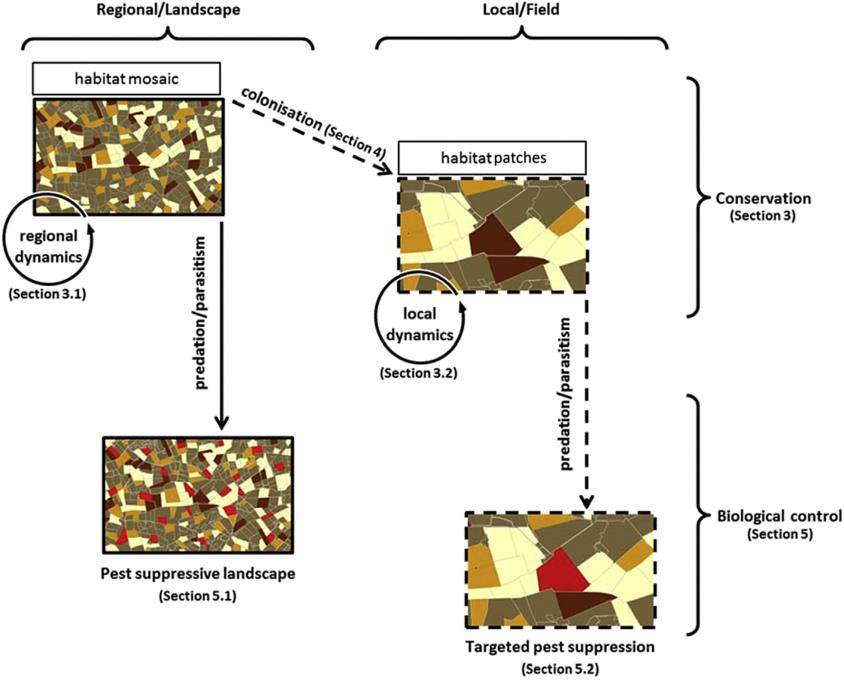Soil Cultivation
Non-inversion tillage characteristics include maintenance of soil structure including any compaction, reduction of erosion and nutrient losses and fewer nutrient losses at the time of cultivation.

Non-inversion tillage characteristics include maintenance of soil structure including any compaction, reduction of erosion and nutrient losses and fewer nutrient losses at the time of cultivation.
 Conservation biological control (CBC) is a sustainable approach to pest management that seeks to conserve natural enemies and so contribute to pest suppression by countering habitat loss and environmental disturbance associated with intensive crop production. CBC is a complex pest suppression strategy that draws on ecological and behavioural processes
Conservation biological control (CBC) is a sustainable approach to pest management that seeks to conserve natural enemies and so contribute to pest suppression by countering habitat loss and environmental disturbance associated with intensive crop production. CBC is a complex pest suppression strategy that draws on ecological and behavioural processes
The ebb and flow of pest populations: Epidemics, outbreaks, and their spread are never confined to a single field or farm. Even where the movement of pest individuals is restricted, the behaviour, ecological and, importantly, demographic links between them mean that a change in one location concerning a few pest individuals may spread quickly to affect the entire pest population. As a result the regulation of pest populations relies on their spatial dynamics and their response to control measures applied across the landscape. Using experimental approaches to tackle these geo-spatial aspects of IPM is almost impossible; instead we use modelling to explore the response of pests to and to design landscape scale pest regulation strategies.
Pests and their natural enemies are seldom restricted to a single field or habitat patch so that their population processes typically play-out over large areas of the farming landscape. As a result the landscape patterns of habitats and their management influence pest populations including weeds, microbes, and arthropods (natural enemy and pest species). This means that pest-suppressive landscapes could be designed as a part of a landscape scale or area-wide IPM strategy.